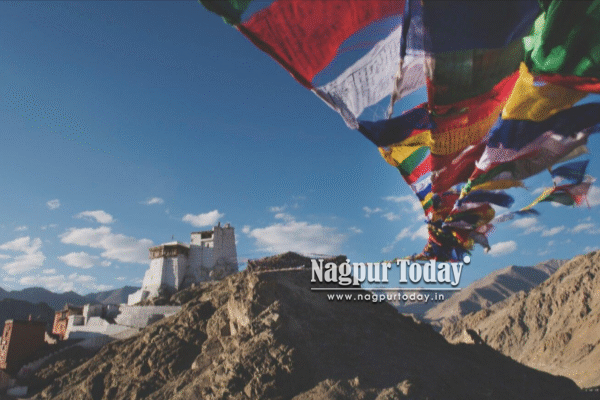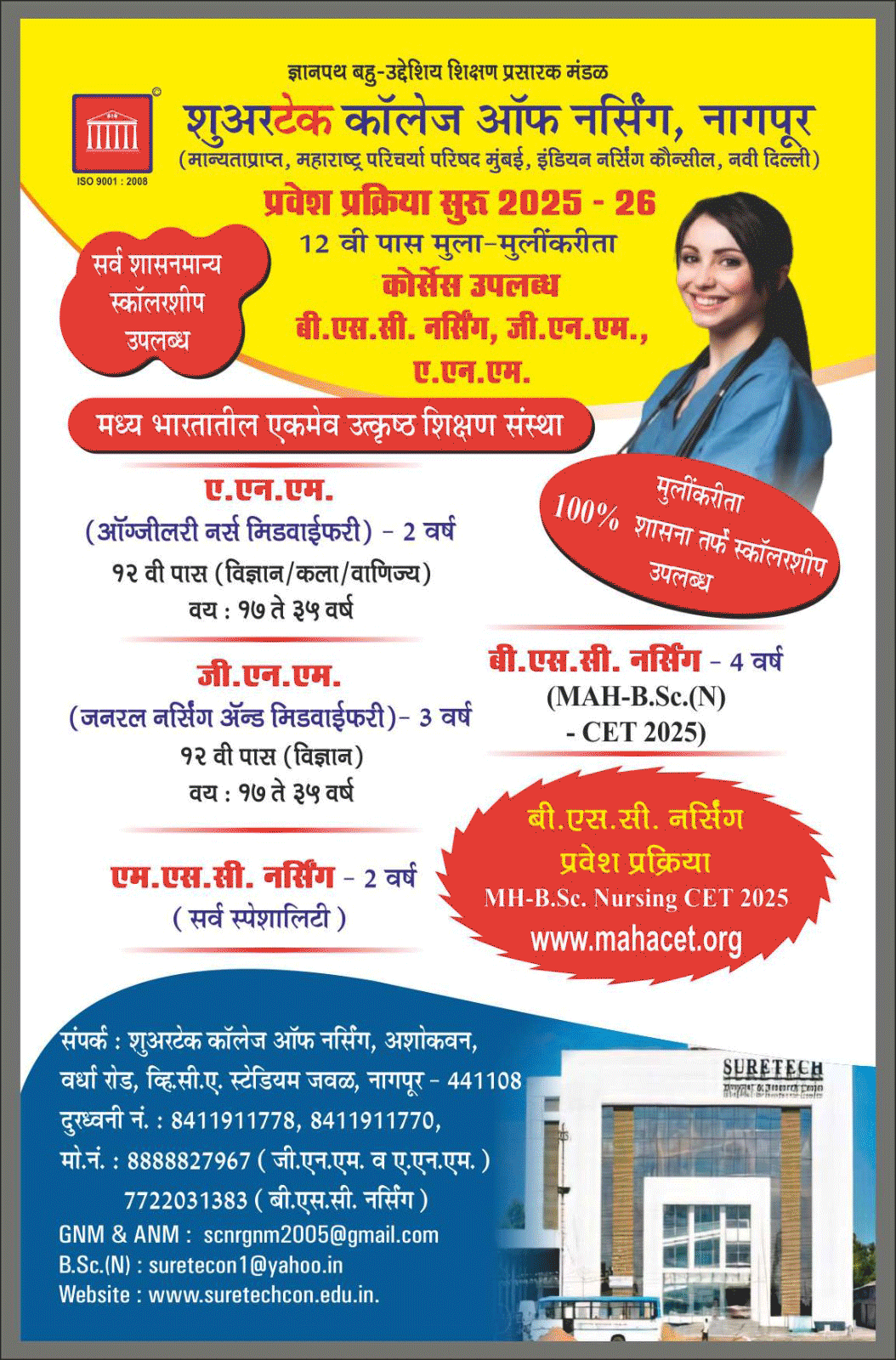
The open border facilitates movement with ease. Families travel across freely to temples, weddings, or simply discover new cities. Sports enhance this togetherness even more. When big tournaments take place, stadiums are filled with fans from both sides. The air is charged with collective passion.
During big matches, fans participate in friendly betting – it’s part of the sporting culture here. Friends gather to watch games, placing small wagers on outcomes while enjoying snacks and conversation. This practice isn’t new; it’s been happening for generations. Technology has simply made online betting easier, letting enthusiasts engage with matches as they unfold. The excitement builds whether you’re watching cricket, football, or regional championships.
Sacred Journeys That Connect Hearts
Millions of Indians visit Pashupatinath Temple in Kathmandu each year. They come seeking blessings, performing rituals their ancestors performed centuries ago. The reverse flow is equally strong – Nepali pilgrims travel to Varanasi, Bodh Gaya, and Ayodhya regularly. Festivals blur national lines completely. Dashain celebrations in Nepal mirror Dussehra festivities across India. Holi transforms streets in both countries into colorful playgrounds simultaneously.
Between temple visits and festival celebrations, travelers often seek other entertainment. Gaming venues have grown popular with tourists looking for evening activities. The digital entertainment sector offers online casino in Nepal, where visitors can relax after long days of sightseeing. These platforms complement traditional hospitality, giving guests varied options. The gaming sector now employs thousands while adding another layer to the tourism experience.
Cricket Brings Millions Together Across Borders
Cricket is not just a game here – it’s almost like a religion. Offices close early when India and Nepal are playing. Entire neighborhoods gather in front of TV sets. Children skip homework to watch their heroes bat and bowl.
The Indian Premier League has also served as the platform to launch Nepali players. Young talent is exposed to global levels of infrastructure and coaching. They return with skills that can raise the entire national team. Regional tournaments, such as the South Asian Games, bring sportsmen other than cricket as well. Runners, swimmers, and wrestlers fight tough but with honor. Lifelong friendships made in training camps.
Money Flows Where People Go
Tourism generates impressive revenue streams. The numbers tell a compelling story:
| Economic Indicator | Nepal Benefits | India Benefits |
| Annual Tourist Arrivals | 1.2 million Indian visitors | 800,000 Nepali visitors |
| Revenue Generation | $450 million from Indian tourists | $320 million from Nepali tourists |
| Employment Creation | 75,000 tourism-related jobs | 60,000 tourism-related jobs |
Airlines have reacted to demand by operating several daily flights in principal cities. Low-cost carriers provide air travel for middle-class families today. Comfortable overnight buses operate between smaller towns, with inexpensive options available.
Hotels vary from luxury chains to small guesthouses. The diversity of this choice means that everyone can find an appropriate place to stay, no matter what their budget. Travel agencies have proliferated, some offering pilgrimage packages, adventure tours, or cultural experiences.
Young Athletes Building Tomorrow’s Friendships
School cricket tournaments bring students from both countries together. Adolescents, battling each other in the morning, become friends by evening. Early encounters shape outlooks, erasing stereotypes before they can take hold.
Several programs deserve attention for their impact:
- Junior Athletic Championships – Under-18 competitions are held annually, giving the youth international exposure while instilling discipline, teamwork, and determination through structured training with other youth athletes from neighboring nations
- Cultural Sports Festivals – Indigenous games are blended with sports in these festivals so that local sporting tradition is not lost, while participants gain contemporary competitive standards and rules
- Scholarship Schemes – Talented sportspersons are offered the opportunity to train outside their country, having access to state-of-the-art infrastructure and experienced coaches who accelerate their growth and open new vistas
- Community Sports Projects – Rural communities are engaged in recreational activity by grassroots schemes that increase public health as well as village spirits through team sports that include all.
Mountain ascents usually have multinational teams. Indian and Nepali mountaineers depend on each other at altitude. Mateship built on these ascents transcends national loyalty – rope partner’s background is secondary to his or her competence and reliability.
Creating Stronger Bonds Through Shared Experiences
People-to-people engagement drives this relationship more effectively than any attempt at diplomacy. Sports and tourism present natural nexus areas free of political motivations. Young professionals increasingly are thinking of the area as one market, not two separate countries.
Infrastructure development has the promise of closer integration in the future. New roads will reduce travel time substantially. Sports academies are planning collaborative training programs presently. These developments ensure cultural and social ties become stronger, building shared prosperity while promoting understanding across the Himalayan region for generations to come.














